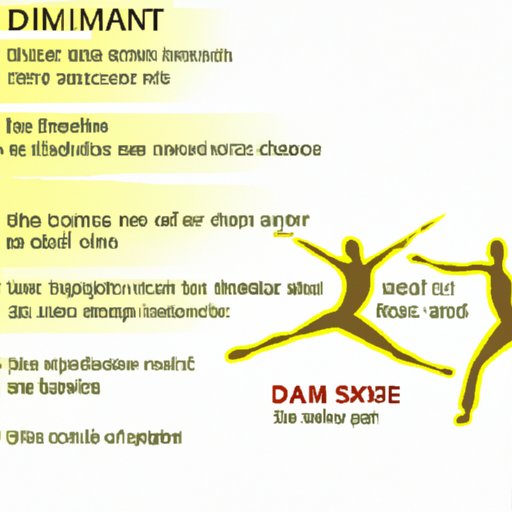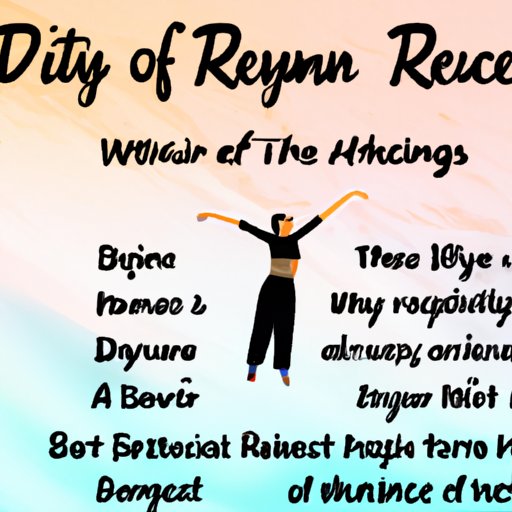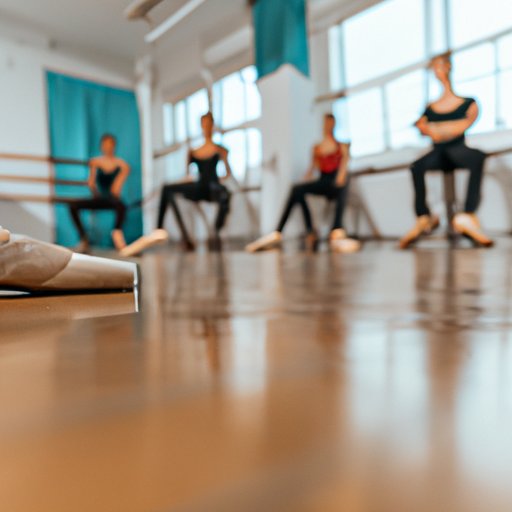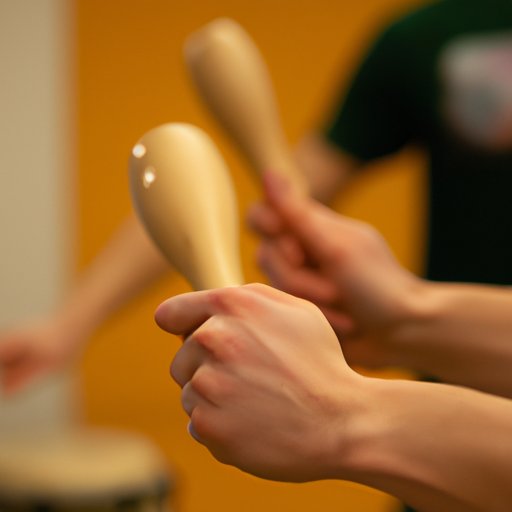Introduction
Rhythm is an integral part of dance, as it helps to create the structure and flow of movements. Rhythm is the coordination of movement with music, and it gives dancers the ability to express themselves and tell stories through their dancing. It is important for dancers to understand rhythm in order to be able to accurately interpret the music and bring out its full potential.

Definition and Role of Rhythm in Dance
Rhythm is the organization of sound into a pattern. In dance, this pattern is created by the coordination of movement with the musical beats. A beat is a single unit of time that contains two or more notes. These notes are usually grouped together in sets of two or three, and each set creates a distinct rhythm. The combination of these patterns creates a song’s overall rhythm.
The role of rhythm in dance is to provide the framework for the movements. Without rhythm, the dancer would have no way to organize their steps and the dance would appear chaotic and disorganized. Additionally, rhythm provides the dancer with a way to express the emotion of the song. By coordinating their movements to the musical beats, the dancer can convey the feeling of the music through their movements.

Benefits of Understanding Rhythm in Dance
Having a good understanding of rhythm in dance can benefit both beginner and experienced dancers alike. For beginners, understanding rhythm can help them to learn choreography more quickly and easily, as they will have an easier time following the musical beats. Experienced dancers can use rhythm to add more complexity and sophistication to their dancing, as they will be able to better understand and interpret the music.
Additionally, having a good sense of rhythm can help dancers to stay in sync with the other dancers on the floor. This is especially important in group dances, such as line dances or group routines. Dancers who understand rhythm will be able to better follow the lead of the other dancers, creating a more unified and organized performance.
How to Use Rhythm to Enhance Your Dance Performance
To use rhythm to enhance your dance performance, you must first develop an understanding of musicality and timing. Musicality is the ability to feel and interpret the nuances of the music, while timing is the ability to move in sync with the beats of the music. Both of these skills are essential for any dancer who wants to use rhythm to improve their performance.
Musicality and Timing for Dancer
In order to understand and interpret the music, a dancer must develop an understanding of musicality and timing. To do this, the dancer should listen to the music and focus on the sounds, rather than the words. They should listen for the changes in tempo, volume, and dynamics, and try to feel the subtle nuances of the music. Additionally, the dancer should practice counting the beats so that they can keep track of the timing of the music.
Analyzing Different Types of Rhythms in Dance
In order to use rhythm to enhance your dance performance, you must also be able to recognize and analyze different types of rhythms. There are many different styles of music, and each style has its own unique rhythm. By learning to recognize and understand these rhythms, the dancer can use them to create interesting and dynamic choreography.
Developing a Sense of Beat Through Practice and Repetition
Finally, the dancer should practice and repeat the rhythms to develop a sense of beat. By repeating the rhythms, the dancer will become more familiar with them and will be better able to recognize and interpret them. Additionally, the dancer should practice moving to the music to get a better feel for the rhythm and timing.
Conclusion
Rhythm plays an important role in dance, as it helps to create the structure and flow of movements. Having a good understanding of rhythm can help dancers to better interpret and express the music, as well as stay in sync with other dancers on the floor. To use rhythm to enhance their performance, dancers must develop an understanding of musicality and timing, analyze different types of rhythms, and practice and repeat the rhythms to develop a sense of beat.
By understanding and using rhythm in dance, dancers can take their performances to the next level and create something truly special. With practice and dedication, any dancer can become an expert at using rhythm to enhance their performance.
Summary of Main Points
Rhythm plays an important role in dance, helping to create the structure and flow of movements. To use rhythm to enhance their performance, dancers must develop an understanding of musicality and timing, analyze different types of rhythms, and practice and repeat the rhythms to develop a sense of beat.

Final Thoughts on Rhythm in Dance
Rhythm is an essential part of any dancer’s repertoire, and it is important for dancers to understand and use it in order to take their performances to the next level. With dedication and practice, any dancer can become an expert at using rhythm to enhance their performance and create something truly special.
(Note: Is this article not meeting your expectations? Do you have knowledge or insights to share? Unlock new opportunities and expand your reach by joining our authors team. Click Registration to join us and share your expertise with our readers.)
